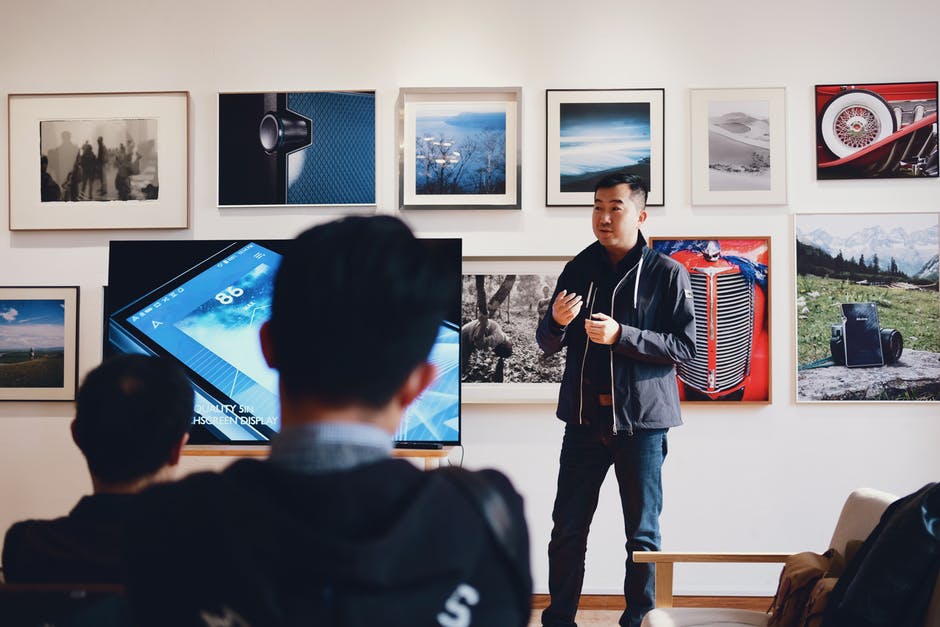Before the internet.
Education technology has dramatically changed the delivery of knowledge from staff to students and students to their peers. While there are potential downsides to the implementation of technology in the learning process, computers are crucial to the learning experience.
Before the Internet, information was delivered less efficiently. There was no mass provision of information; students attended lectures and discussed concepts verbally.
Students were forced to wait days or weeks to direct questions toward professors. Not only was information flow slower, but it was happening less. Less communication often leads to more confusion and ultimately, lower student success rates.
The flipside is that students could arguably focus better with fewer distractions and were forced to use their minds before immediately asking questions.
Education technology has dramatically changed the delivery of knowledge from staff to students and students to their peers. While there are potential downsides to the implementation of technology in the learning process, computers are crucial to the learning experience.
Before the Internet, information was delivered less efficiently. There was no mass provision of information; students attended lectures and discussed concepts verbally.
Students were forced to wait days or weeks to direct questions toward professors. Not only was information flow slower, but it was happening less. Less communication often leads to more confusion and ultimately, lower student success rates.
The flipside is that students could arguably focus better with fewer distractions and were forced to use their minds before immediately asking questions.

The transition.
The mass use of the internet only started in the 1990’s. Once professors, undergraduates and graduate students began to use it for research and coursework, communication efficiency skyrocketed.
While the university community could now communicate with ease, a sense of disconnection started to occur. People no longer had to be face-to-face to discuss concepts and learn, which was an unusual transition.
This transition took years to understand, but tools and platforms that assist communication AND build community have risen. Campus and other technology platforms created for colleges are designed to connect students and staff online.
An additional positive of these community platforms is the way they have increased the in-person peer-to-peer experience. Peer relationships that develop online then transition into the physical world; inside campus classrooms or at university events. This usually leads to better relationships and a better university experience.
Conclusion.
Current levels of technology haven’t always been available in Higher Education, but the benefits outweigh the difficulties. The challenge for universities is navigating the ongoing and rapid changes in student expectations and being nimble and adaptive.
If you’d like to learn more about how you can use technology to connect your university community, contact us via [email protected] or through the form above.
